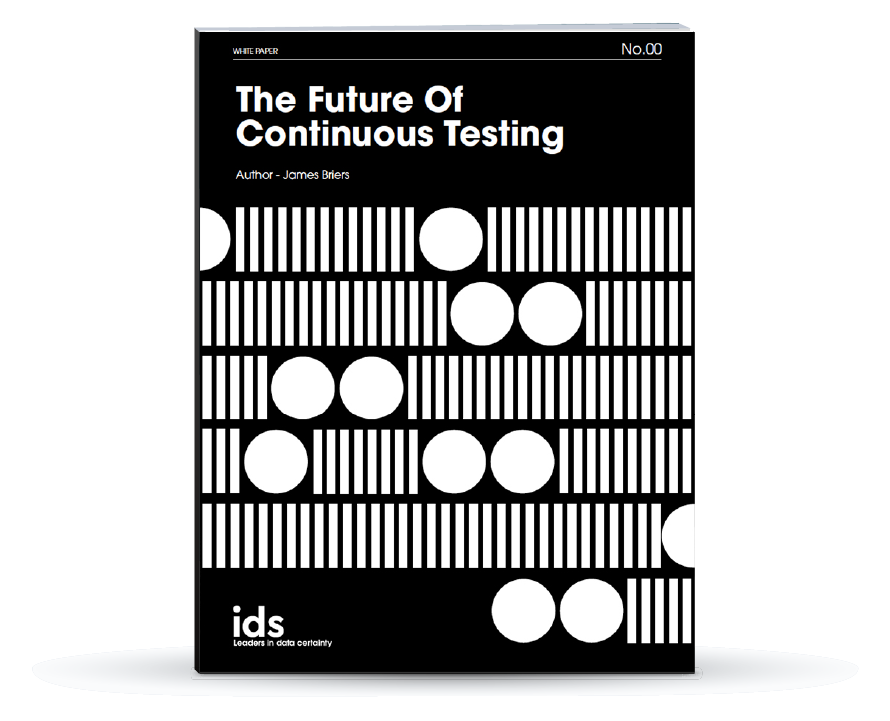What is Effective Data Preparation?
.jpg)
Data preparation is a critical process which involves gathering, cleansing, and organizing data so that it can be analysed. Going through the preparation of data ensures your data is complete with no blanks or null values, contains distinct values that are not duplicated and that the range of values is consistent with expectations. This step is key because data may have missing values, or it may have inaccuracies and/or errors. This process often takes place as a preliminary step when moving data through an ETL (Extraction, Transformation, Loading) process or tool so that data can be loaded into a data warehouse in preparation for a data migration, for example.
The results you gain from analysis, are only as good as the quality of your data
The analysis and subsequent results you gain from your analysis are only as good as the quality of your data! Simply put, poor data quality = poor analysis results. While it may be clear to you that these are all referencing the same item, a database cannot make these kinds of inferences.
In the real-world, what does this mean?
According to a Gartner research report, poor quality data or ‘bad data’ costs an average organization $15 million every year. But when you achieve data quality efficiently and correctly, you can beat out the competition and crate accurate analysis of trends, sales and insights providing an edge for your decision makers to enable your business to be steered, with accuracy, in the right direction.
Why Is Data Preparation So Difficult?
Why are businesses losing an average of $15 million every year due to bad data? Data preparation is difficult for several reasons firstly there often can be an unwieldy amount of data to be prepared. If large data sources exist in different places, this can be a difficult and daunting task. Similarly, data may be siloed as in isolated because it is contained within a business group or stored in an application that is not compatible with other systems. Siloed data is difficult to work with due to unique formats that require normalization, or they may just simply be difficult to access.
Additionally, data takes many forms and as our digital world progresses, data is captured in several disparate ways from web sites to devices to customer services. Subsequently, aligning this data can be a tricky task to achieve.
How Can You Achieve Data Preparation?
We would recommend a few key areas to focus on to ensure you adequately prepare your data. Firstly, gather your data and decide which is relevant for your analysis? What types of data do you have? Then perform data profiling and get to know your data. This then allows you to map out a strategy for cleaning your data. You should then move to the cleansing and validation part of your plan. This involves removing extraneous data filling in missing data, normalizing data and masking sensitive data to ensure compliance. You may need to transform and enrich the data; data transformation is the process of converting data from one format or structure into another format or structure as per your requirements.
Lastly, you will want to move your data to one place to analyse it, which is typically a data warehouse or data lake so that you can then perform the business analytics that are required, on your consolidated data.
iData empowers your data quality management by cleansing, moving, assuring, validating and monitoring to provide continuous data quality and migration success to your data warehouse.
iData cleanses, moves, assures, validates and monitors data assuring quality at each step of your process including preparation, transformation and migration.
Even once data is in production, iData will continuously monitor and guarantee data quality through the automated comparison of all transformed and migrated records. With a rapid execution of scripts, iData provides concurrent and accurate feedback and delivers support for continuous use.
See the benefits of iData to your data quality management.

Learn How Continuous Testing Can Improve your Business
IDS' Chief Technical Officer, James Briers, sheds light on the solutions to approaching complex data testing projects with mechanical efficiency.


.jpg?width=1200&name=IDS_Website-Image51_(1200x628).jpg)
